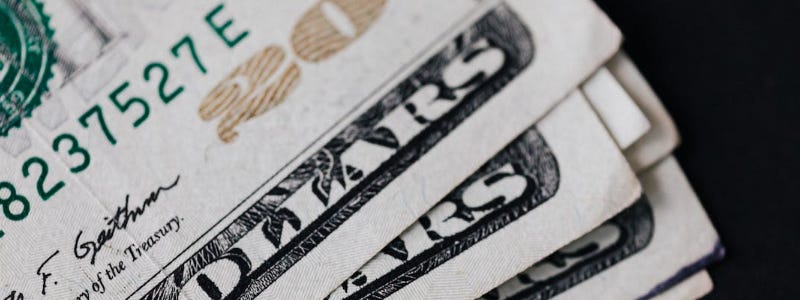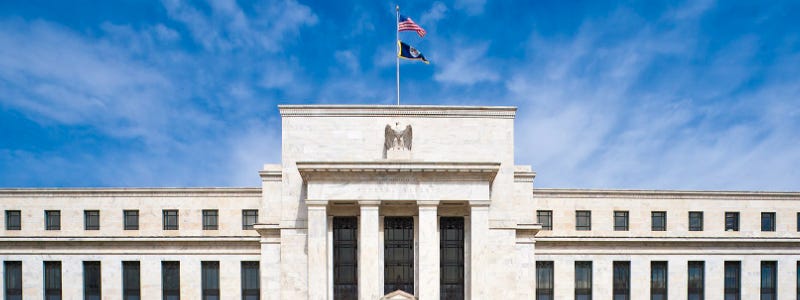🇺🇸 United States Dollar Forex Handbook (November)
Fed moves even more hawkish
UNITED STATES DOLLAR
The United States dollar was introduced on the 2nd of April 1792 and is the official currency of the United States and several other countries. The monetary policy of the United States is conducted by the Federal Reserve System, which acts as the nation's central bank.
The Gold Standard Act of 1900 linked the dollar solely to gold. From 1934, its equivalence to gold was revised to $35 per troy ounce. Since 1971 all links to gold have been repealed.
The U.S. dollar became an important international reserve currency after the First World War, and displaced the pound sterling as the world's primary reserve currency by the Bretton Woods Agreement towards the end of the Second World War.
The dollar is the most widely used currency in international transactions, and a free-floating currency.
THE FEDERAL RESERVE
FEDERAL FUNDS RATE
source: The Federal Reserve
On the 2nd of November, the Federal Funds Rate was hiked by 75bps to between 3.75 and 4.00 percent. This matched the market expectations and also matched the previous hike at the September meeting.
This is the sixth consecutive rate hike and borrowing costs are now at the highest since 2008. During the press conference, Chair Powell commented that the rates will be higher than previously expected.
The next meeting is on Wednesday the 14th of December and the long term outlook is for higher rates although it is likely that rates will be more hawkish than expected.
The Federal Reserve is the central banking system in the United States and policy decisions are made by the Board and the Federal Open Market Committee (FOMC). The Board has seven members and they decide on changes in discount rates. The FOMC has twelve members who decide on the levels of central bank money and the federal funds rate. The FOMC members include all members of the board, the president of the New York Fed and four presidents from the remaining eleven Reserve Banks on a rotating basis.
FOMC STATEMENT HIGHLIGHTS (NOV)
Recent indicators point to modest growth in spending and production.
Job gains have been robust in recent months, and the unemployment rate has remained low.
Inflation remains elevated, reflecting supply and demand imbalances related to the pandemic, higher food and energy prices, and broader price pressures.
Russia's war against Ukraine is causing tremendous human and economic hardship. The war and related events are creating additional upward pressure on inflation and are weighing on global economic activity. The Committee is highly attentive to inflation risks.
The Committee seeks to achieve maximum employment and inflation at the rate of 2 percent over the longer run.
Keep reading with a 7-day free trial
Subscribe to Jeepson Trading to keep reading this post and get 7 days of free access to the full post archives.




